Podcast: Play in new window | Download
March 18, 2016
What an experience!
The ABS Maintenance Academy in Houston, Texas last weekend far exceeded my expectations!
It was certainly among the very top airplane training experiences I’ve ever been a part of.
Although I’ve worked on Bonanzas and Barons for many years, and have had various opportunities for specific training, I found the weekend to be incredibly valuable, and I learned so much.
It was absolutely timely training for me, as I returned to Virginia, and we started an annual inspection on a turbo-normalized A36 Bonanza this past week. Then, on Thursday, we had three A36 Bonanzas and one Debonair at our shop for various work.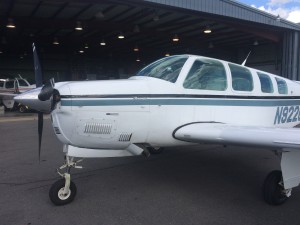
Listen to today’s episode to hear what we did with each of these airplanes. Some of the work we did was a direct result of information from the Maintenance Academy.
Thanks so much, Bob Ripley and Curtis Boulware, the two ABS technical advisors who do such an excellent job teaching the course. Both of them own Beechcraft specific maintenance shops, which gives them the best possible perspective from which to teach the ABS Maintenance Academy.
And thank you to all the fine people at ABS who make this type of training available to ABS members twice each year in various places around the country. (By the way, the $70 membership fee is a small price to pay for the value you get from this training, not to mention all the other resources available on the website bonanza.org.)
The next Maintenance Academy is scheduled for September 30 to October 2, 2016 in Puyallup, Washington, which is about 35 miles South of Seattle.
If you are an airplane owner with a Bonanza, Baron, Debonair, or Travel Air, then PLEASE, urge your mechanic to attend… both of you will certainly benefit from the experience… your mechanic will learn, and YOU will have a safer, more reliable airplane.
Go to bonanza.org and check out all the valuable resources. There is so much helpful information for Beechcraft airplane owners, pilots, mechanics, and flight instructors.
If you listen to today’s episode, you can hear about the following:
- Things I learned at the ABS Maintenance Academy that I was not aware of.
- Reasons your mechanic may feel it’s not necessary to attend this training.
- Ten reasons why your mechanic SHOULD attend.
To contact me, hit the comment button at the bottom of this post, or send me an email at deanshow@gmail.com
Thanks!
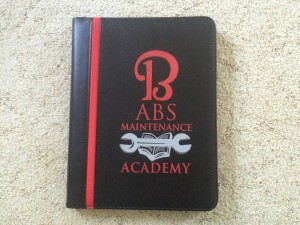
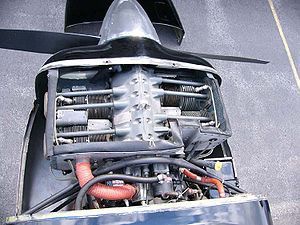
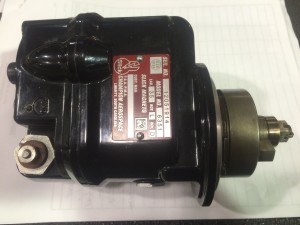
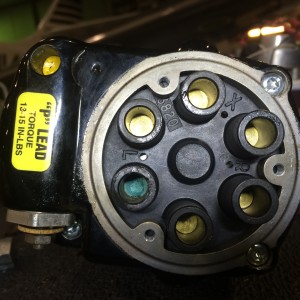
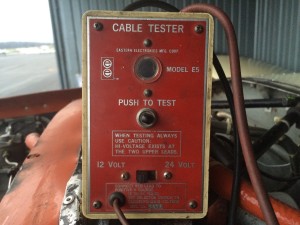
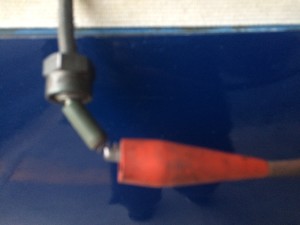
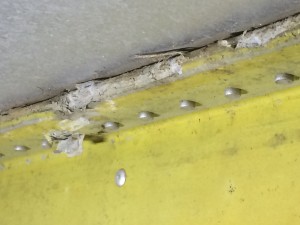
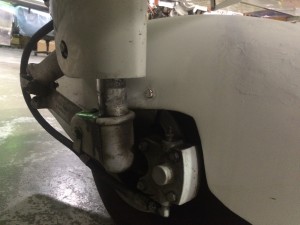
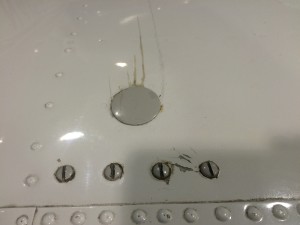
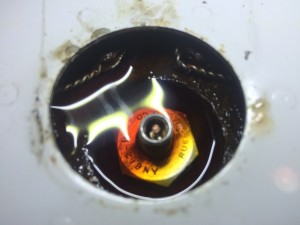
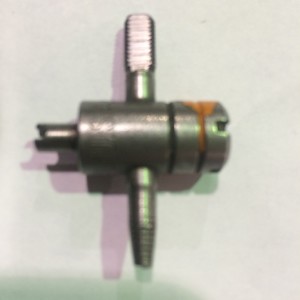
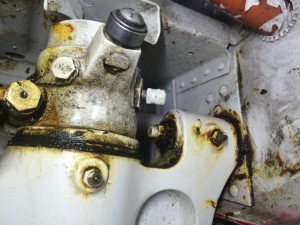

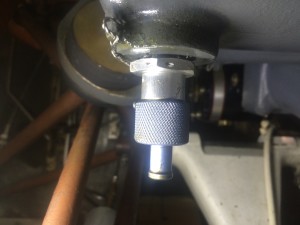
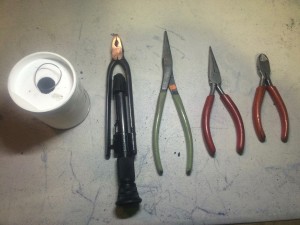

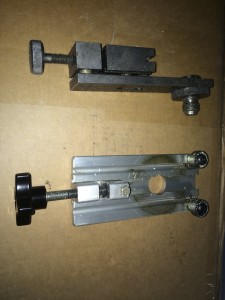
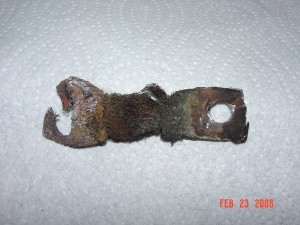






Recent Comments